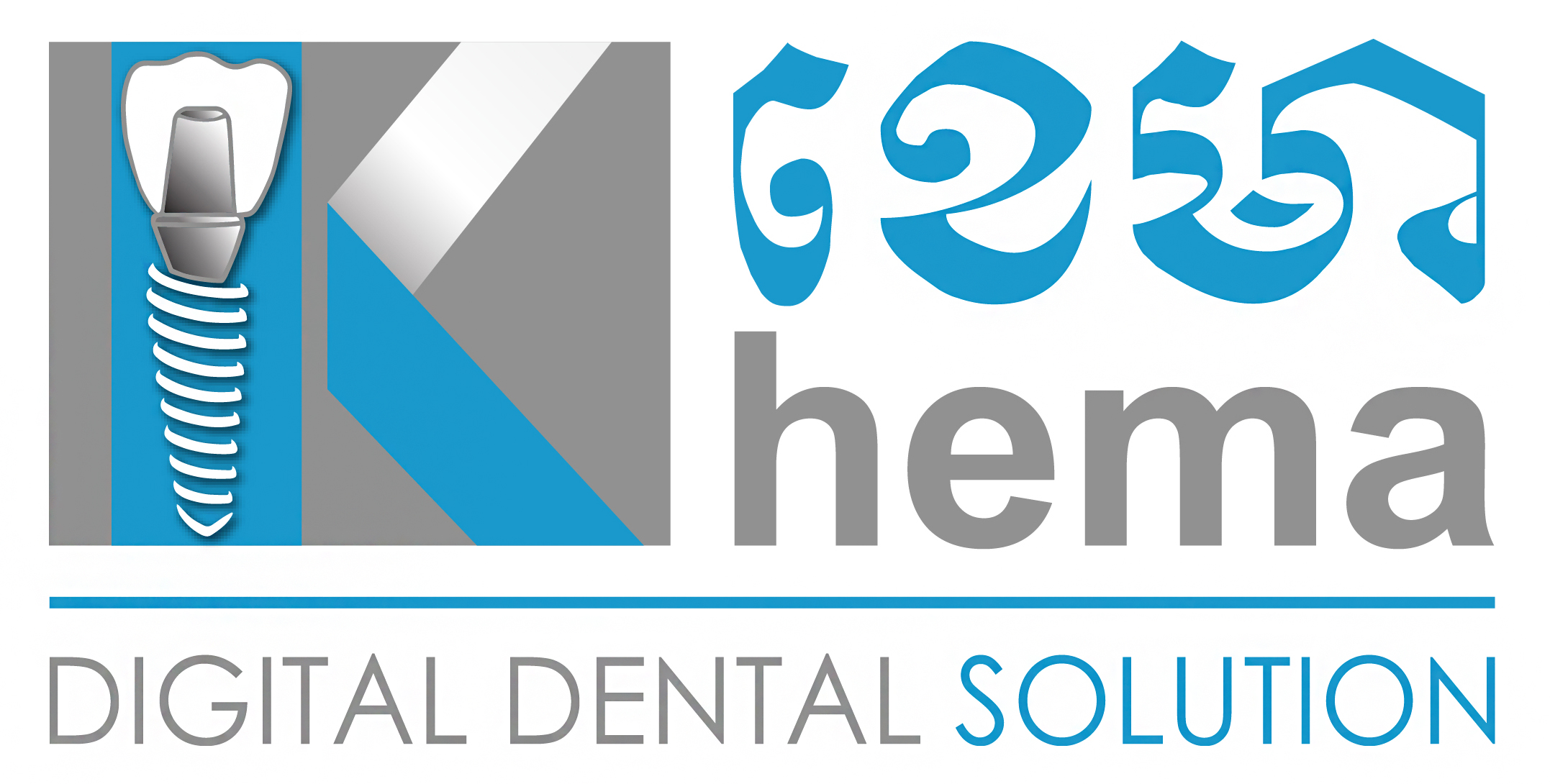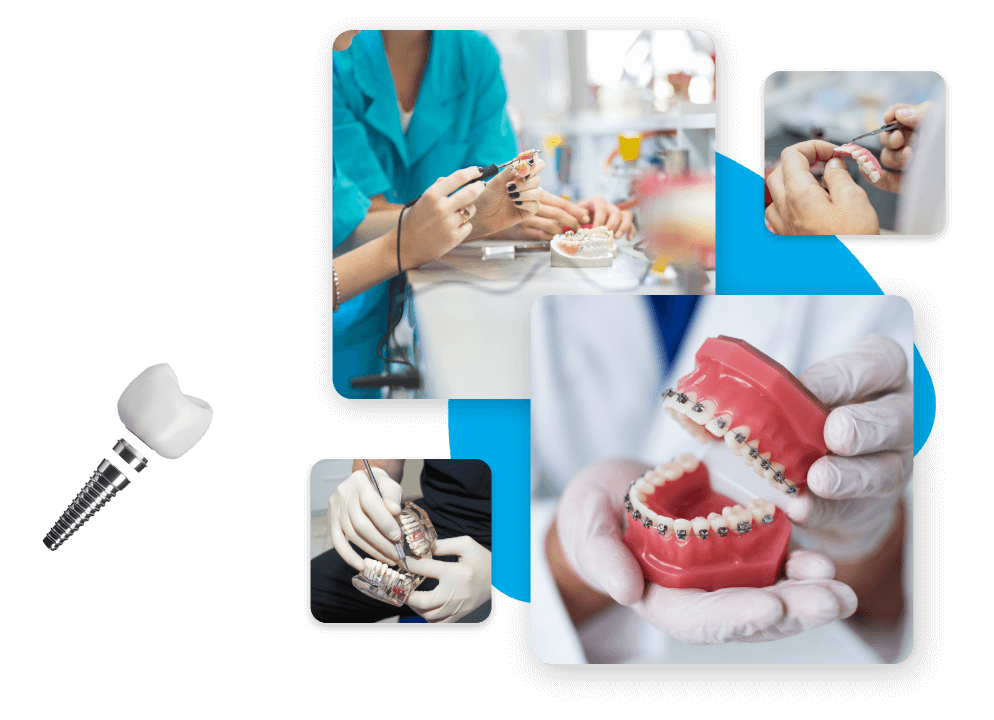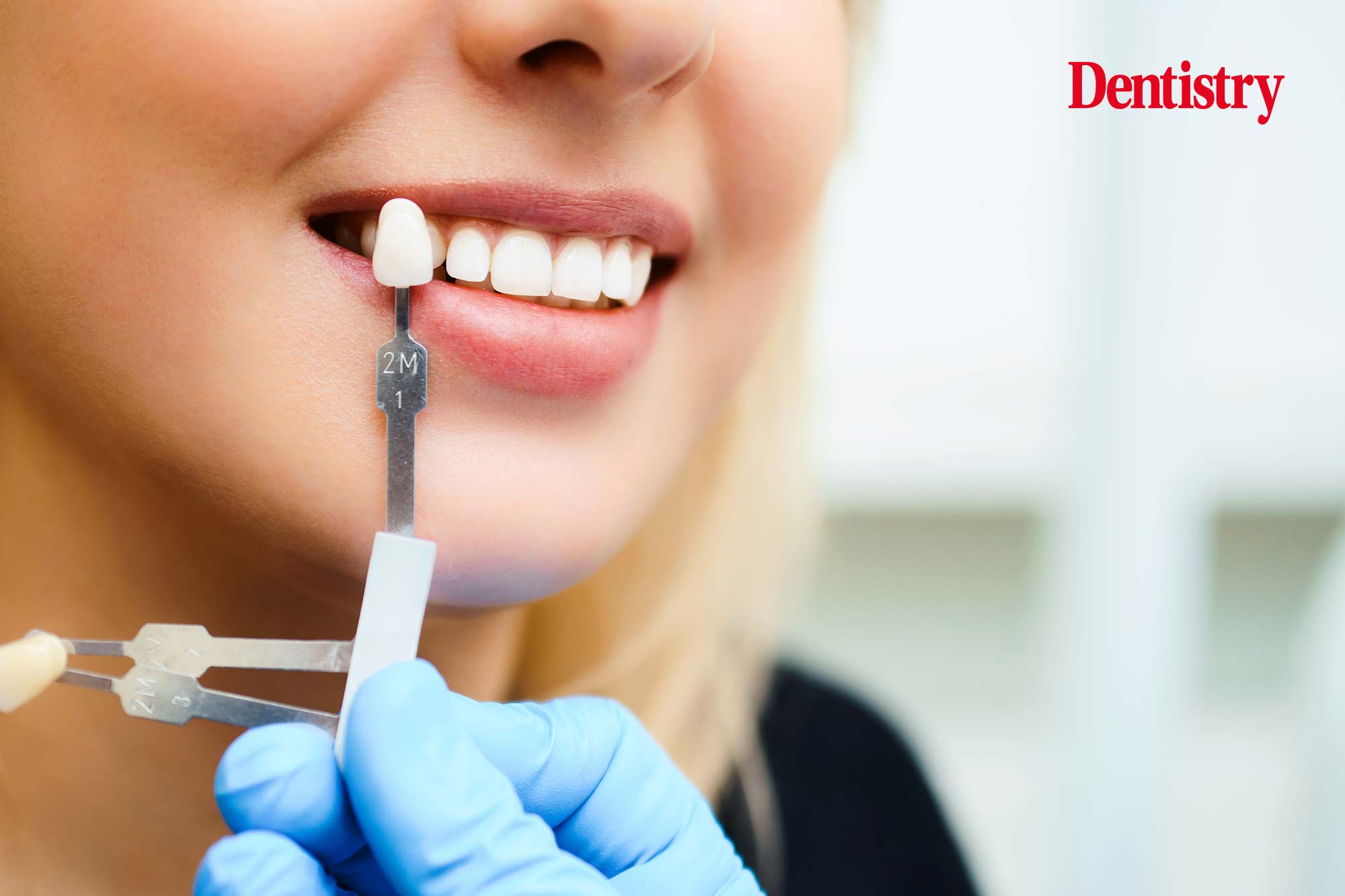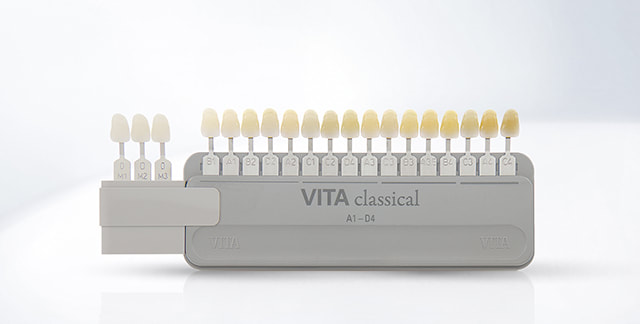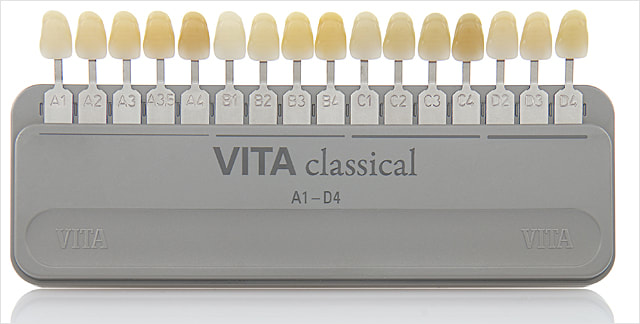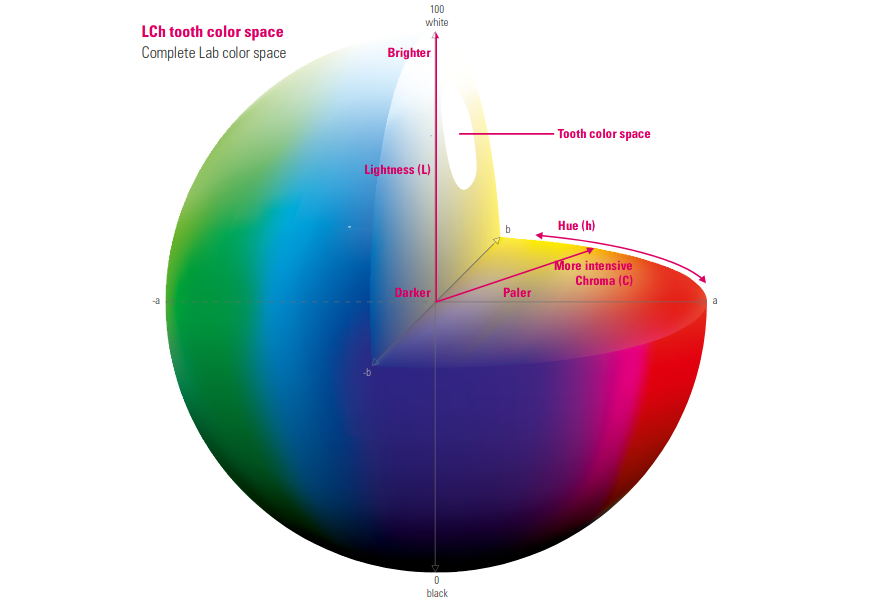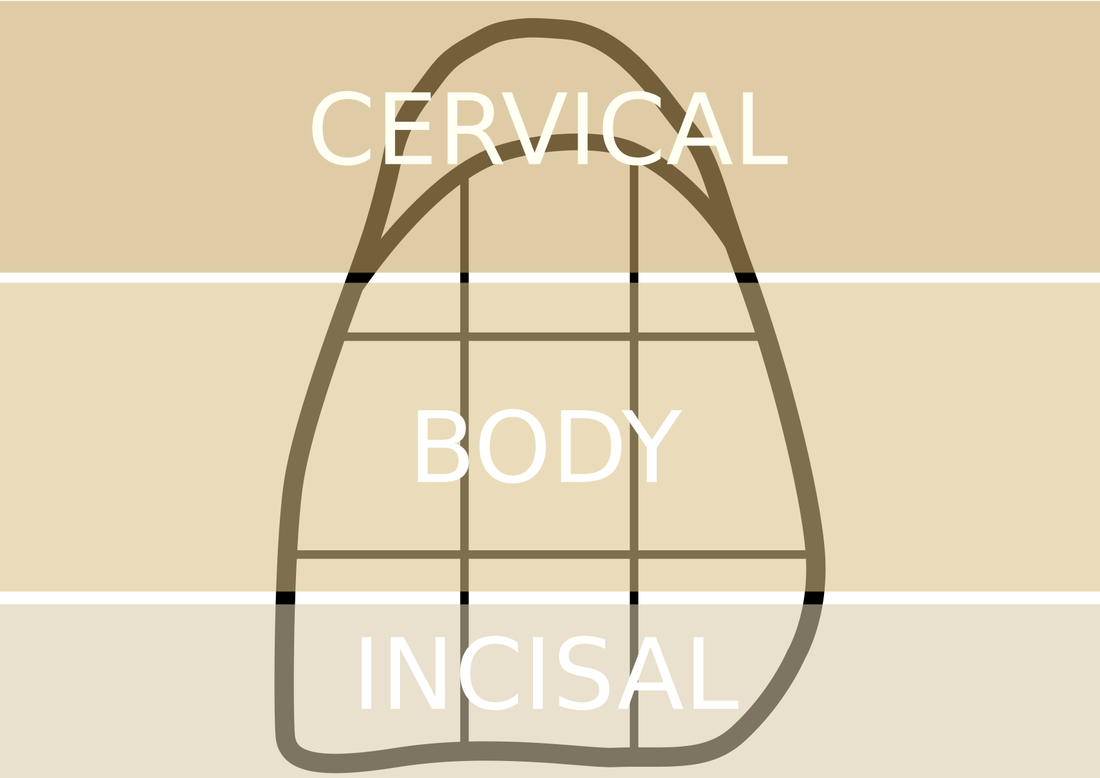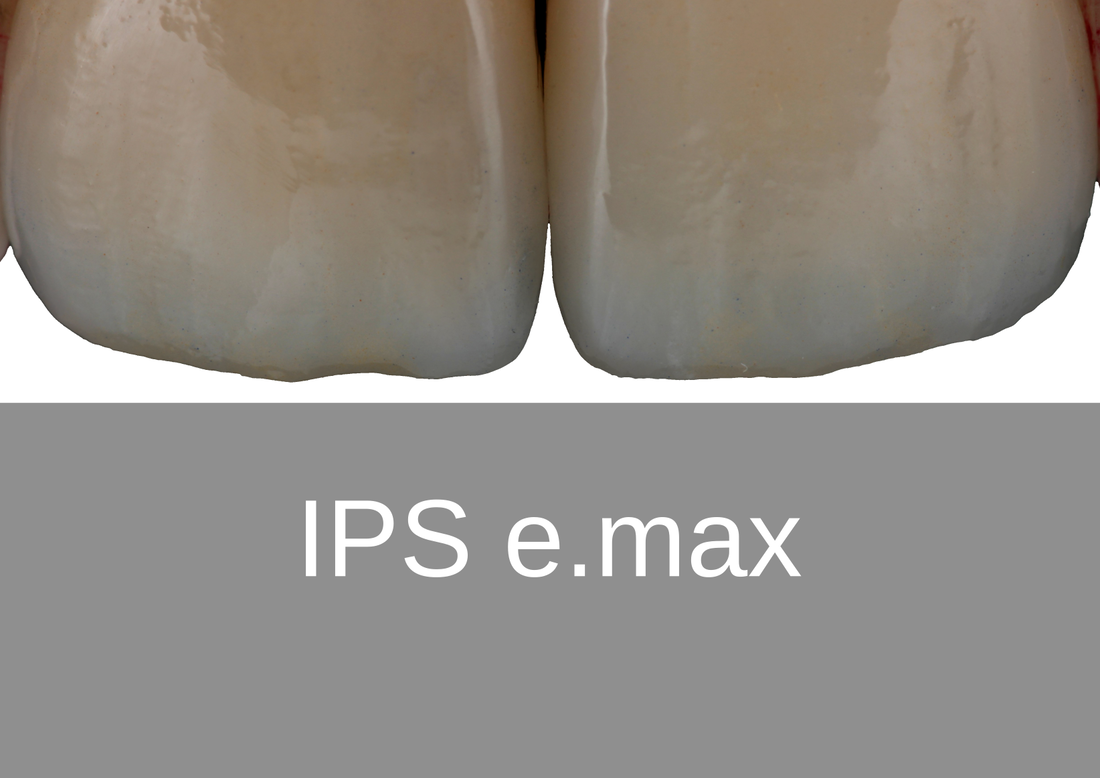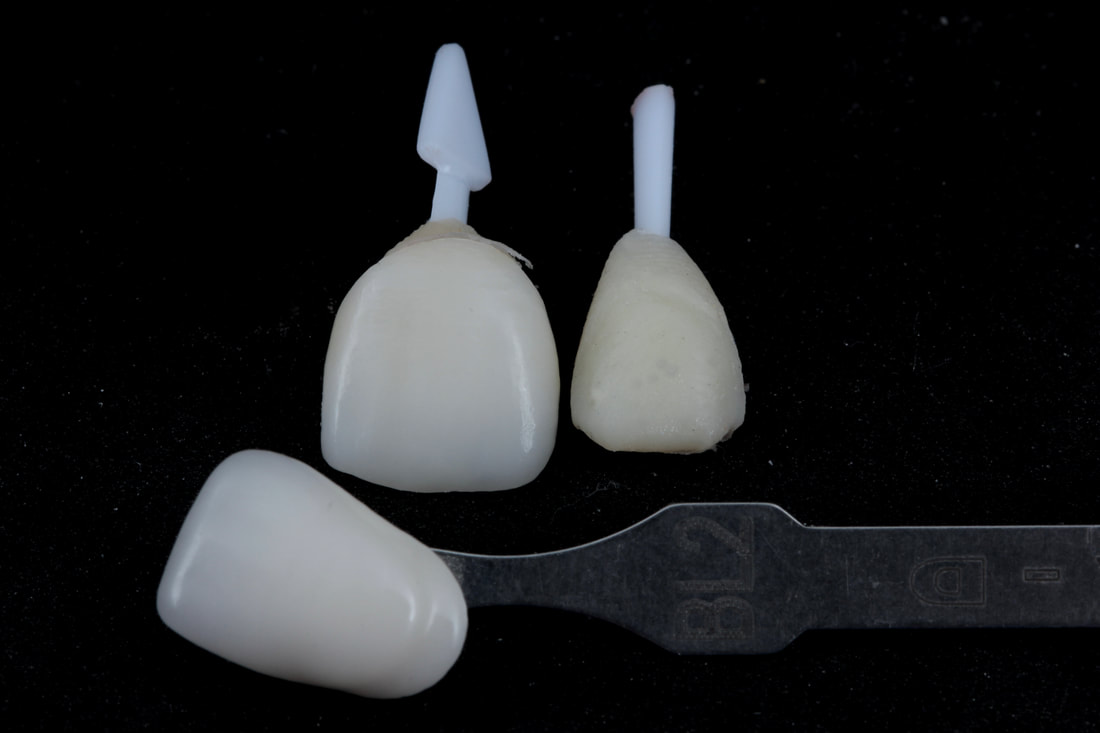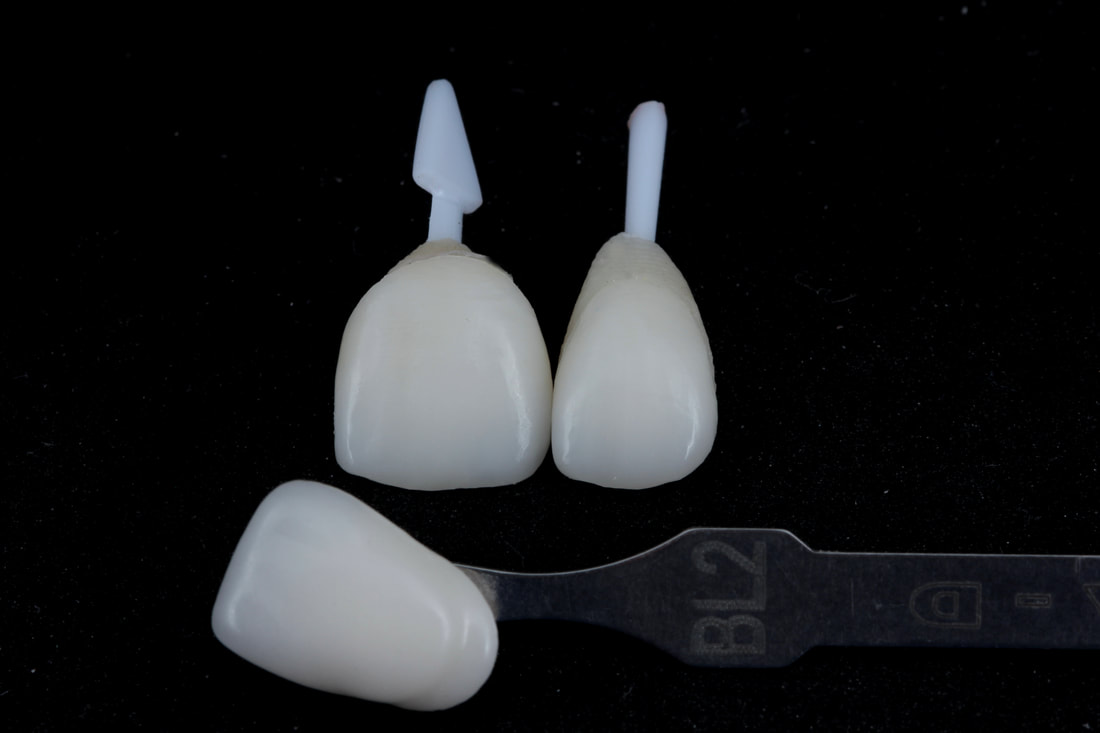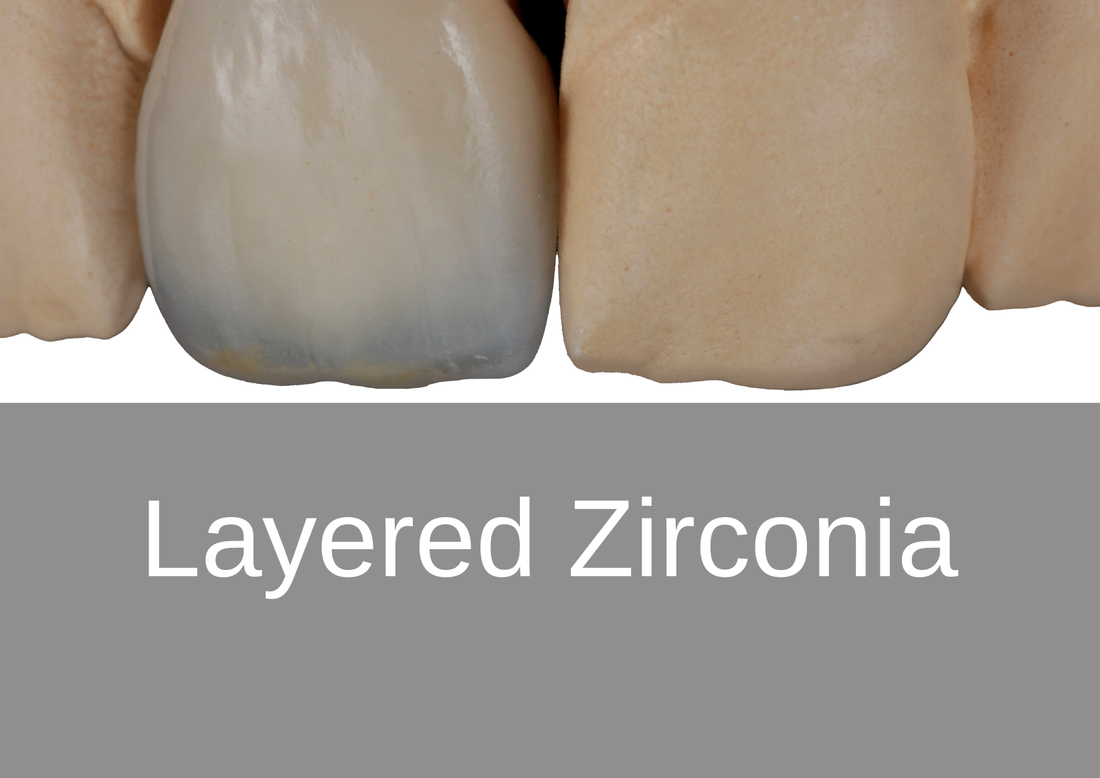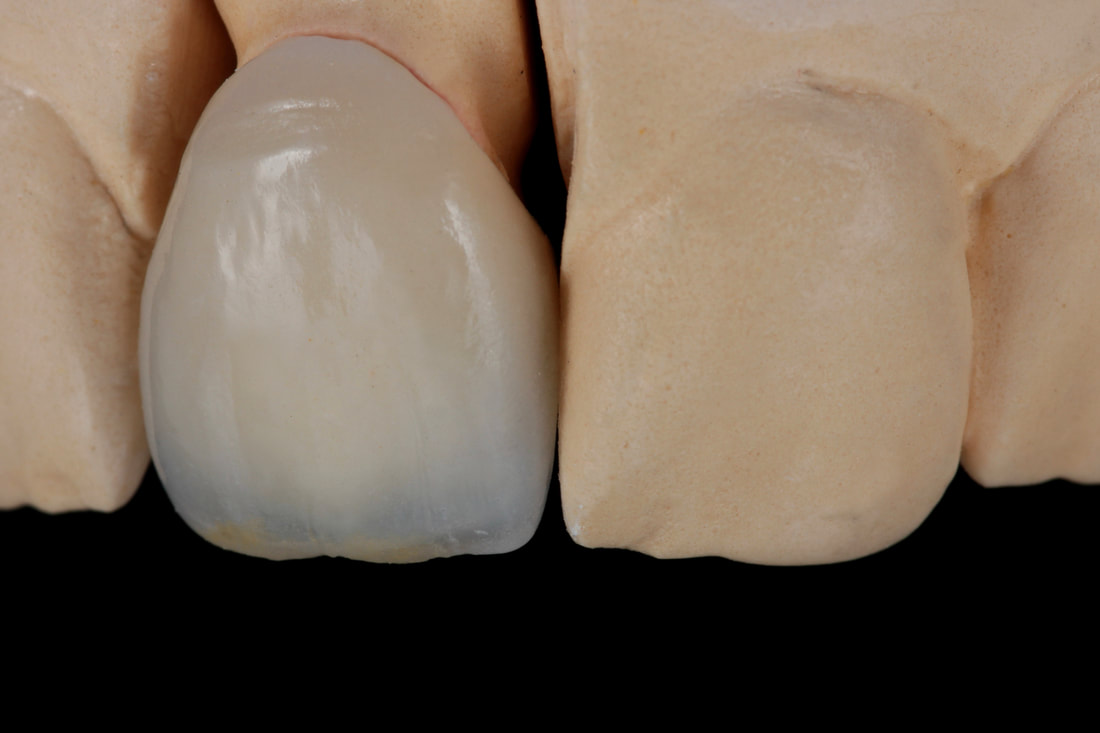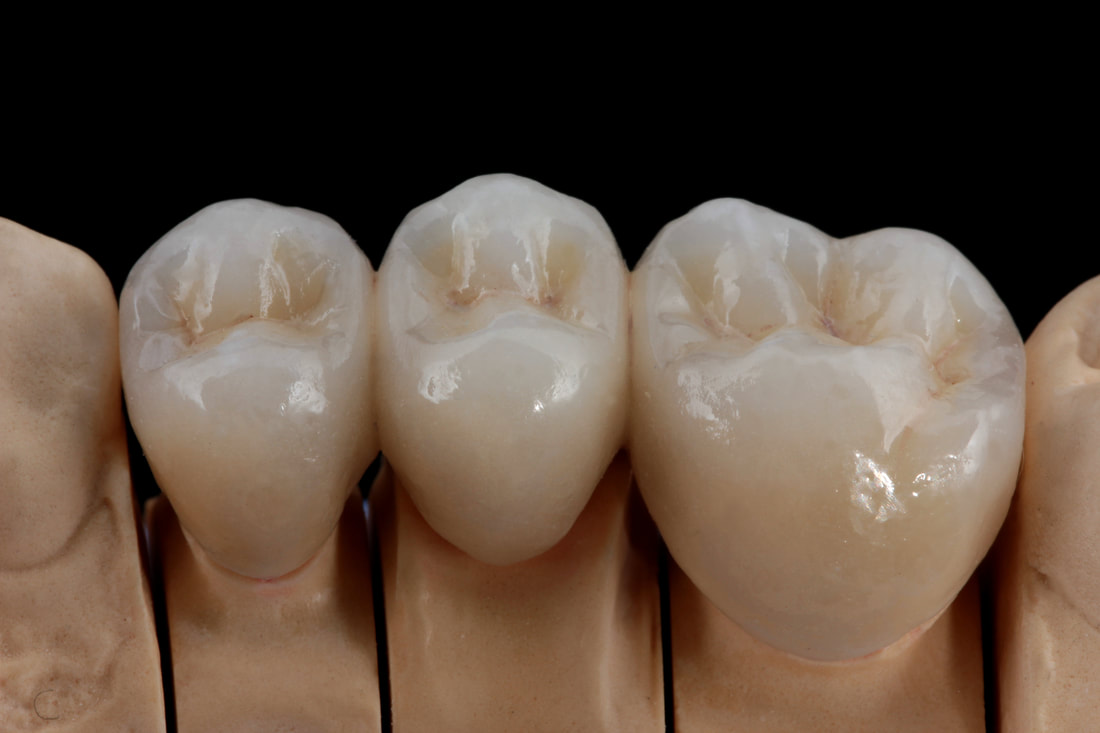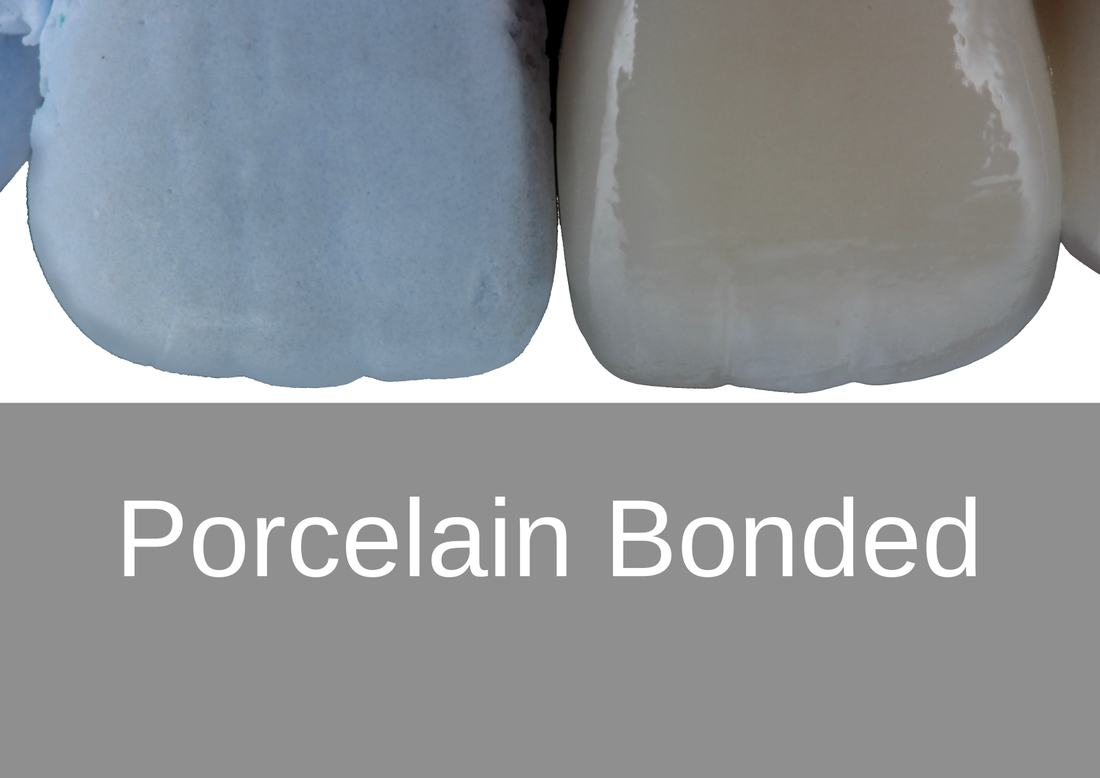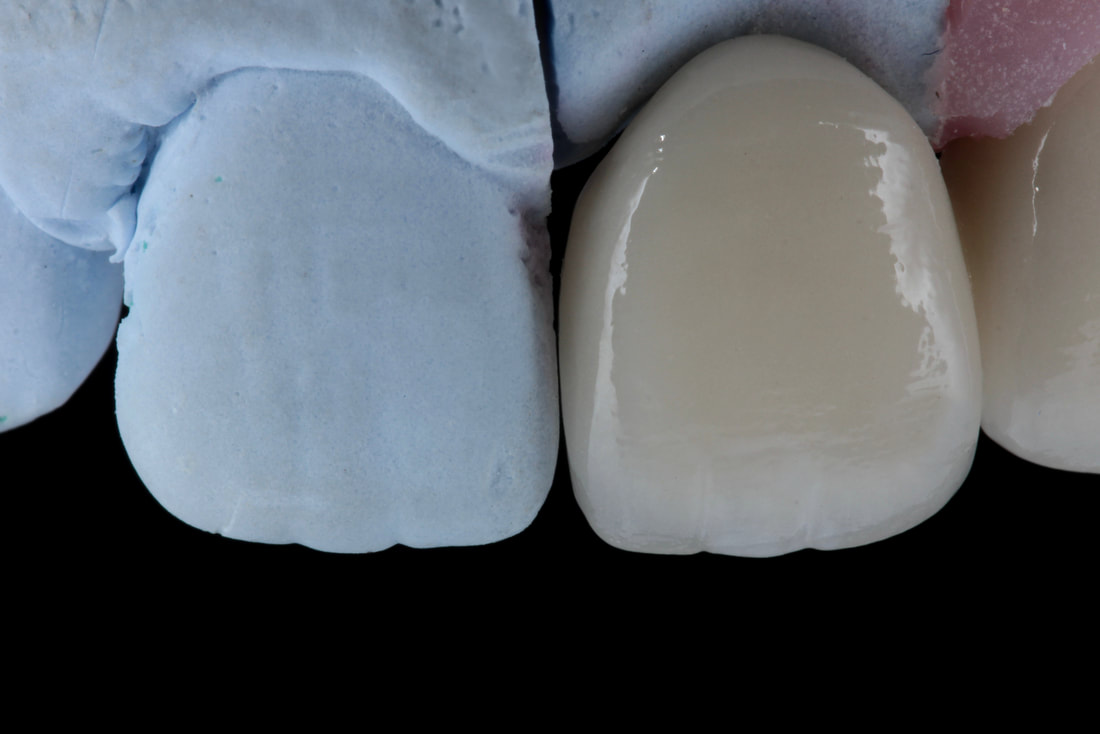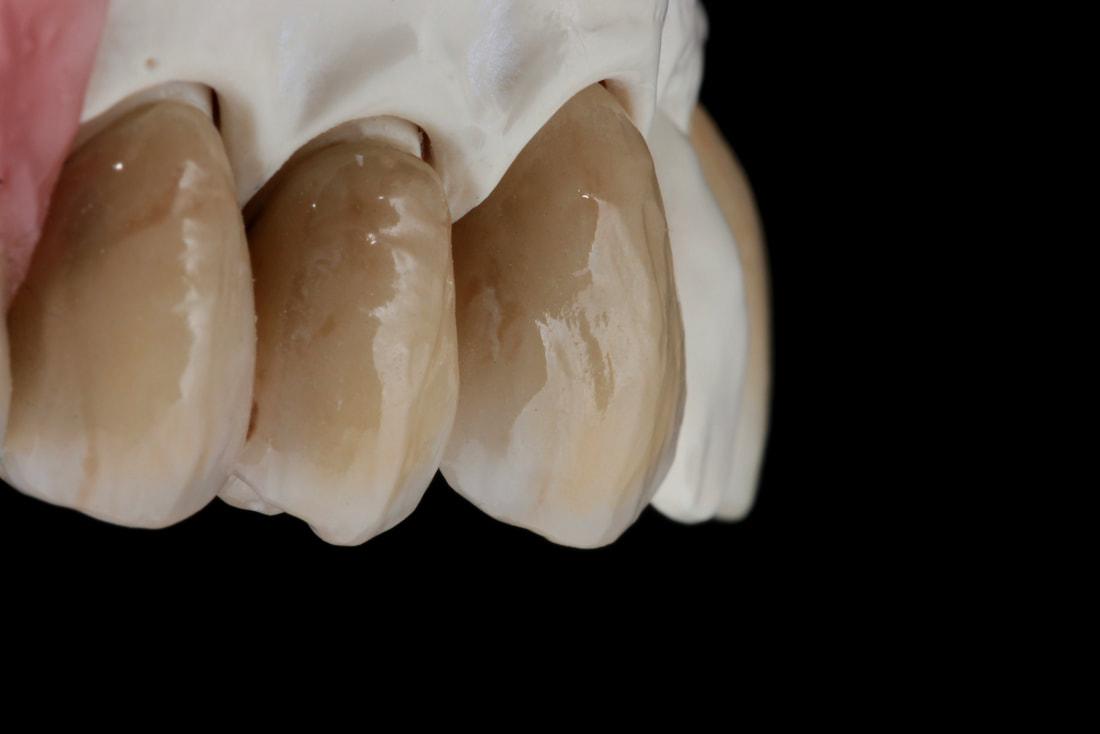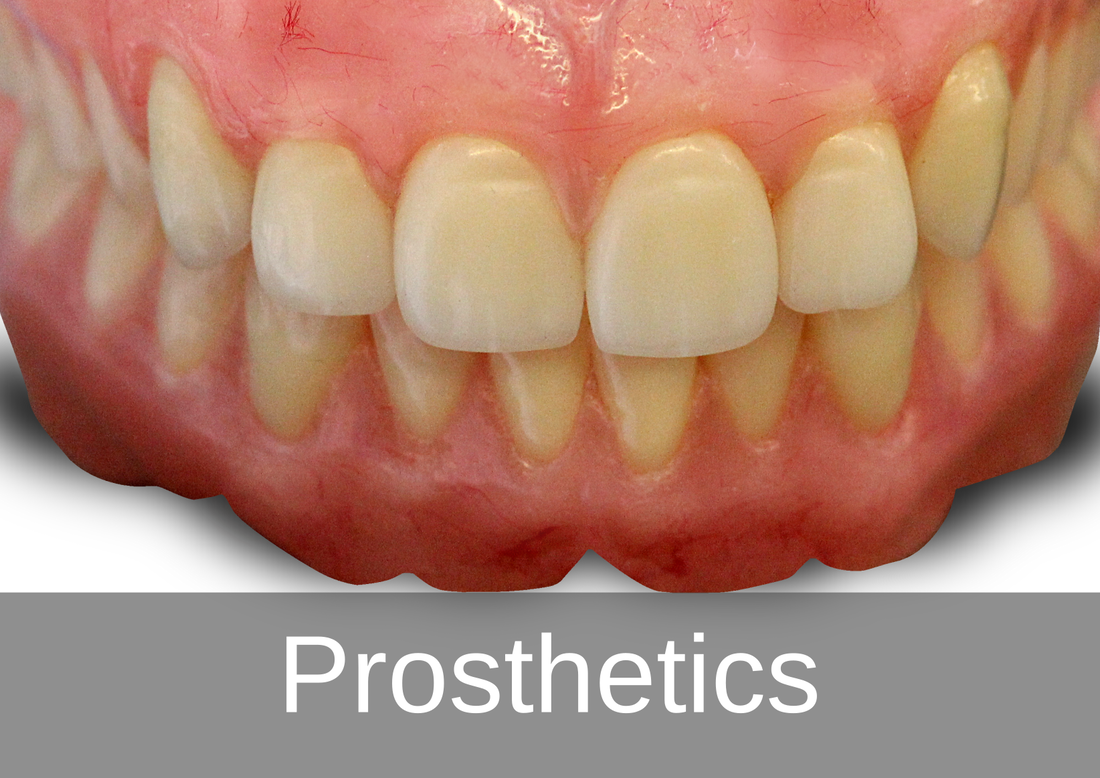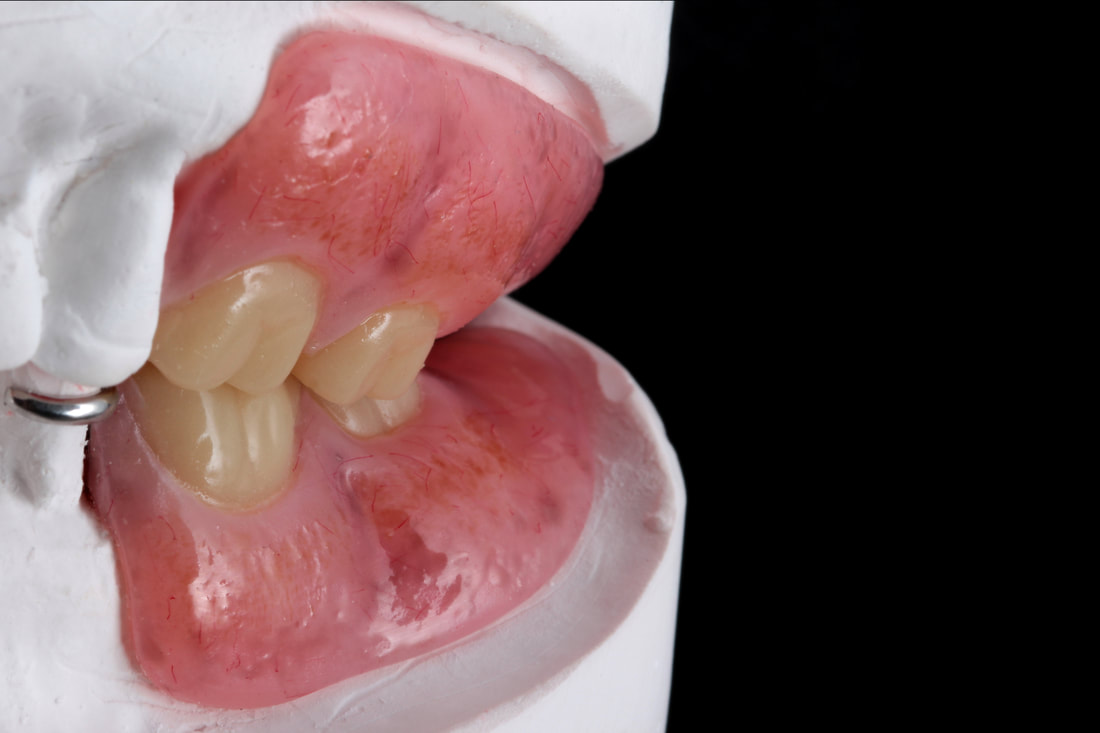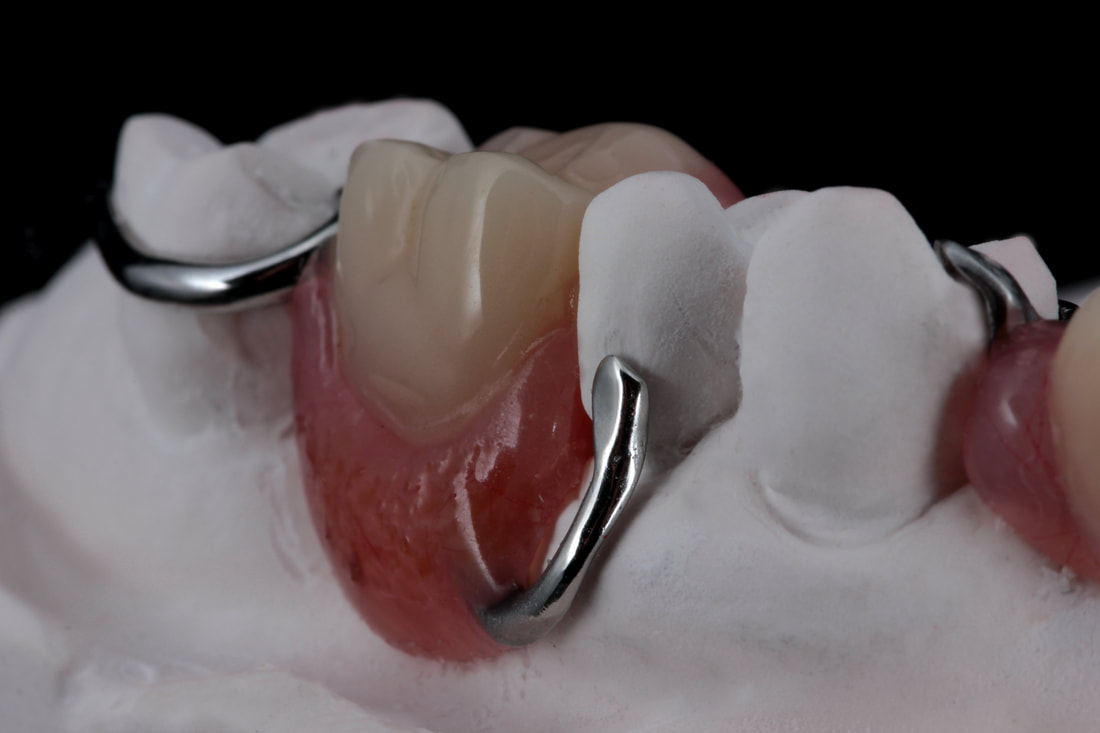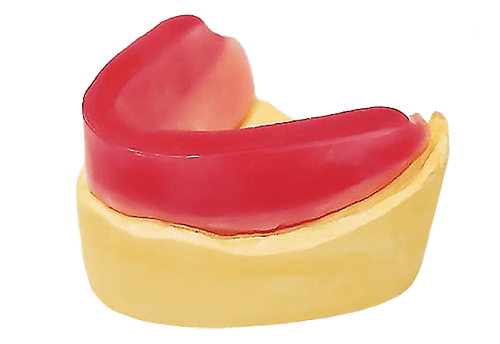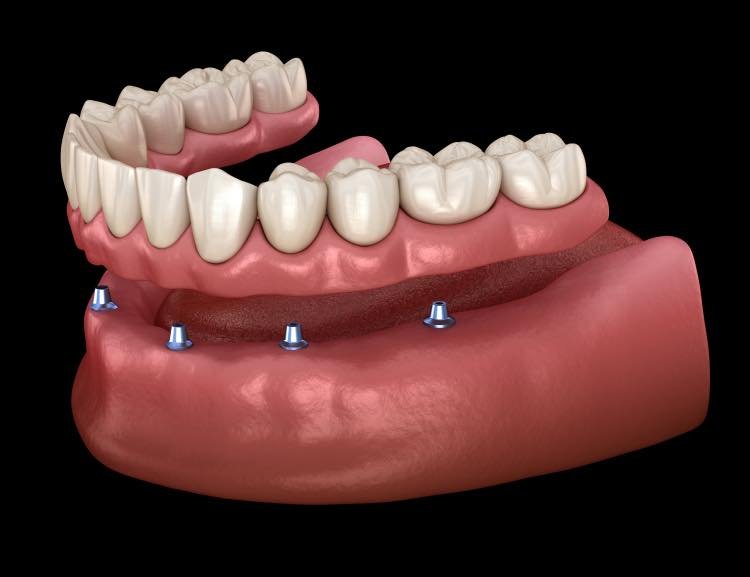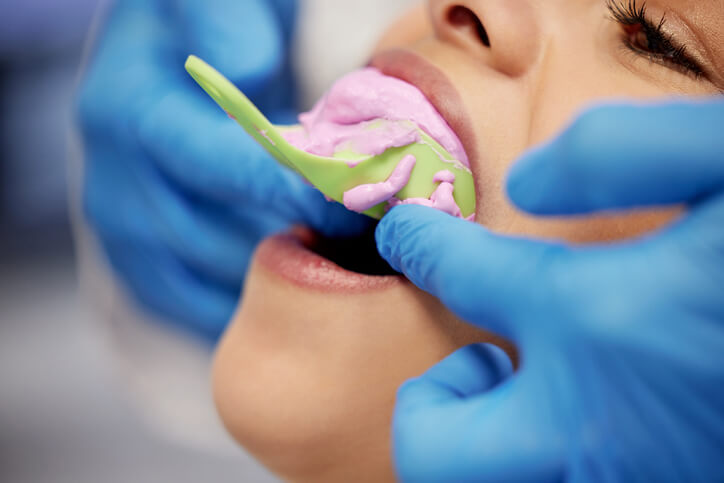Understanding Shade taking in Dentistry
Shade taking is essential in dental restorations and is a combination of art, science and experience of the restorative dentist and dental technician. It involves managing patient expectations against managing what is realistically achievable. If done in a systematic approach, it can ensure accuracy, consistency and predictable results.
What is a 'Vita Classical' shade guide?
The VITA classical A1 – D4 shade guide serves to accurately determine tooth shade. The arrangement of the shades in the VITA classical family of shades is as follows:
- A1 - A4 (reddish-brownish)
- B1 - B4 (reddish-yellowish)
- C1 - C4 (greyish shades)
- D2 - D4 (reddish-grey)
What elements makes a tooth shade?
There are three elements to a shade: Hue is the colour, chroma is the concentration or saturation of a hue (intensity) and value is the lightness and darkness of hue.
Hue (colour) is differentiated by letters A, B, C and D. Each hue has a different chroma and value levels referred to as numbers 1, 2, 3 and 4 (1 high in value and low in chroma, 4 is low in value and high in chroma).
There are essentially 3 parts to a tooth shade, the neck (cervical), body and incisal area . Determine the body shade first and then neck and incisal shade. This will ensure a smooth transition in shades to blend in naturally with the adjacent teeth.
Hue (colour) is differentiated by letters A, B, C and D. Each hue has a different chroma and value levels referred to as numbers 1, 2, 3 and 4 (1 high in value and low in chroma, 4 is low in value and high in chroma).
There are essentially 3 parts to a tooth shade, the neck (cervical), body and incisal area . Determine the body shade first and then neck and incisal shade. This will ensure a smooth transition in shades to blend in naturally with the adjacent teeth.
Shade matching for IPS e.max:
IPS e.max has a high level of translucency and allows more light to pass through which can allow underlining tooth structure (prepped tooth / core) to show through the restoration and can compromise the shade of the restoration. Use a stump shade guide to determine underlining prepped tooth structure, this allows us to match the stump shade to the restoration shade.
We utilise the stump shade information to make sure the restoration masks off the underlining tooth structure and make sure there is no show-through or shade change to the ceramic from the underlying tooth structure. This will allow for optimum aesthetics of colour tone which matches the desired shade and translucency effect of the restoration and harmonise with natural adjacent teeth.
www.bremadent.co.uk/ips-emax
We utilise the stump shade information to make sure the restoration masks off the underlining tooth structure and make sure there is no show-through or shade change to the ceramic from the underlying tooth structure. This will allow for optimum aesthetics of colour tone which matches the desired shade and translucency effect of the restoration and harmonise with natural adjacent teeth.
www.bremadent.co.uk/ips-emax
Shade matching for Zirconia:
Zirconia is more opaque in nature and masks the underlying tooth structure. Layered zirconia use a zirconia substructure and allows less to none show-through from the underlying tooth structure and is milled into the desired shade to mask the underlining tooth structure and is then layered with ceramic.
www.bremadent.co.uk/layered-zirconia-crowns-cercon
www.bremadent.co.uk/full-contour-zirconia-crowns
www.bremadent.co.uk/layered-zirconia-crowns-cercon
www.bremadent.co.uk/full-contour-zirconia-crowns
Shade matching for Porcelain Bonded Crowns:
Porcelain bonded crowns use a metal substructure which is opaqued to the desired shade to mask the underlying tooth structure and is then layered with ceramic in the correct shade. Naturally they tend show through a greyish – greenish shade towards the neck and marginal areas due to the limitations of thickness (parameters of the crown, buccal profile, contact area, bulk etc) around the marginal area that can mask the metal substructure.
www.bremadent.co.uk/porcelain-bonded
www.bremadent.co.uk/porcelain-bonded
Shade matching for Prosthetics:
Teeth in prosthetics are of a similar shade to Crown & Bridge but are made in acrylic which varies to the shades of ceramic as it’s solid acrylic and has higher values in hue and chroma. Dependent on the tooth manufacture they are layered with dentine and enamel acrylic and in the higher priced region a translucent layer over the dentine and enamel. They come in Vita classical shades.
www.bremadent.co.uk/prosthetics-dentures
www.bremadent.co.uk/prosthetics-dentures
Tips for shade matching (shade taking) chair side:
- Always start a shade selection at the beginning of the appointment to avoid the teeth being dehydrated.
- Use natural daylight when possible
- Keep patient eye level
- Turn shade tabs so that the incisal area is facing upright and place edge to edge to the tooth selected
- Incisal area of the shade tabs should be placed closest to the tooth selected, and parallel to long axis of tooth to determine shades.
- Make a shade selection between 5 to 7 seconds to avoid eye fatigue.
- Remove bright lip stick and cover patients clothes with light blue or grey colours
- Once the clinical shade is correct, pick one lighter and darker
- Show the patient with a mirror your clinical judgement of shade determination, one shade brighter and darker and let the patient decide.
www.bremadent.co.uk/shade-matching

 English
English ភាសាខ្មែរ
ភាសាខ្មែរ
